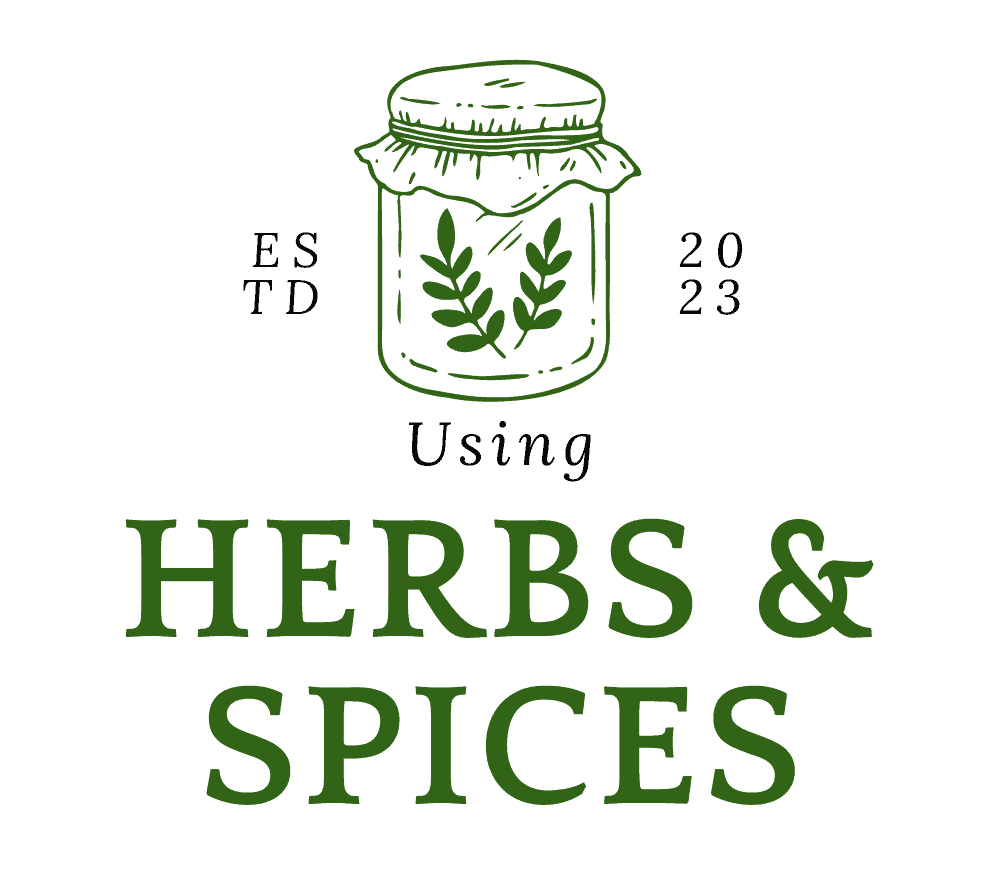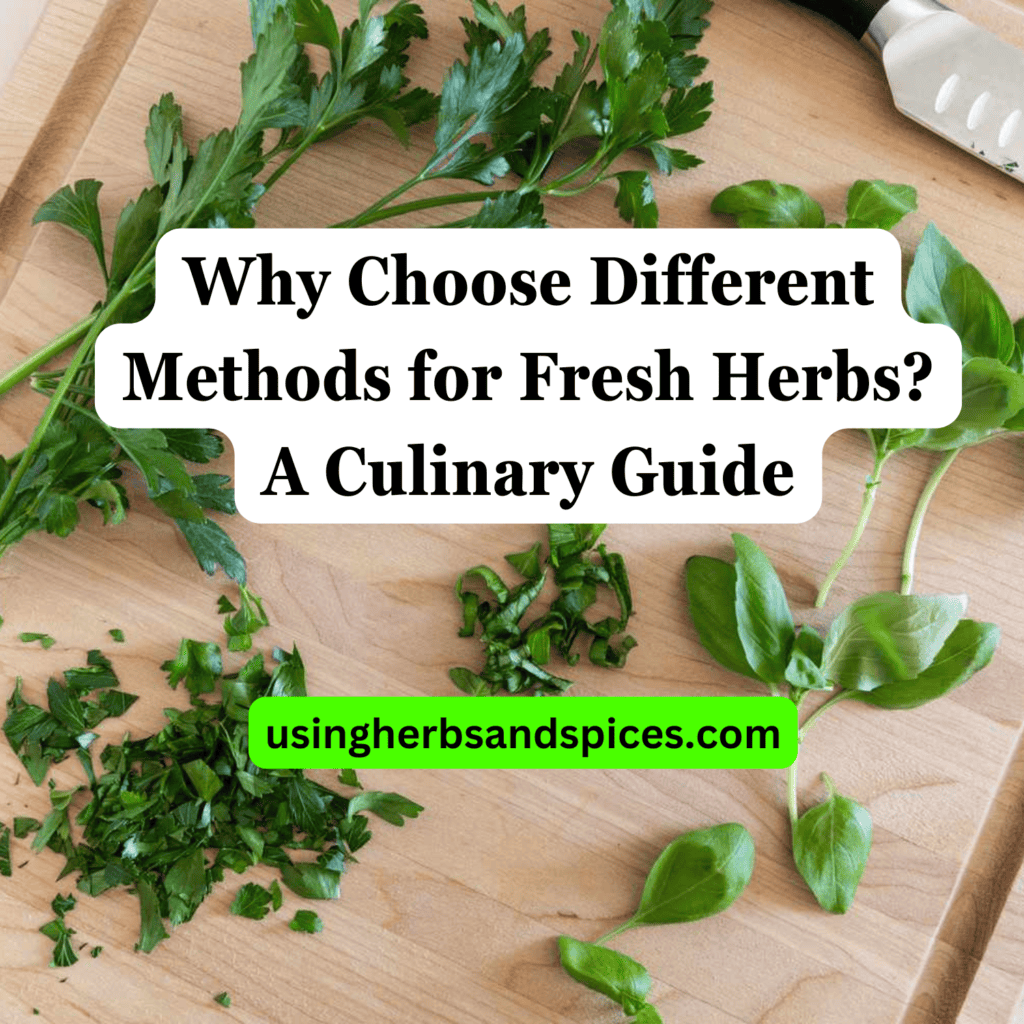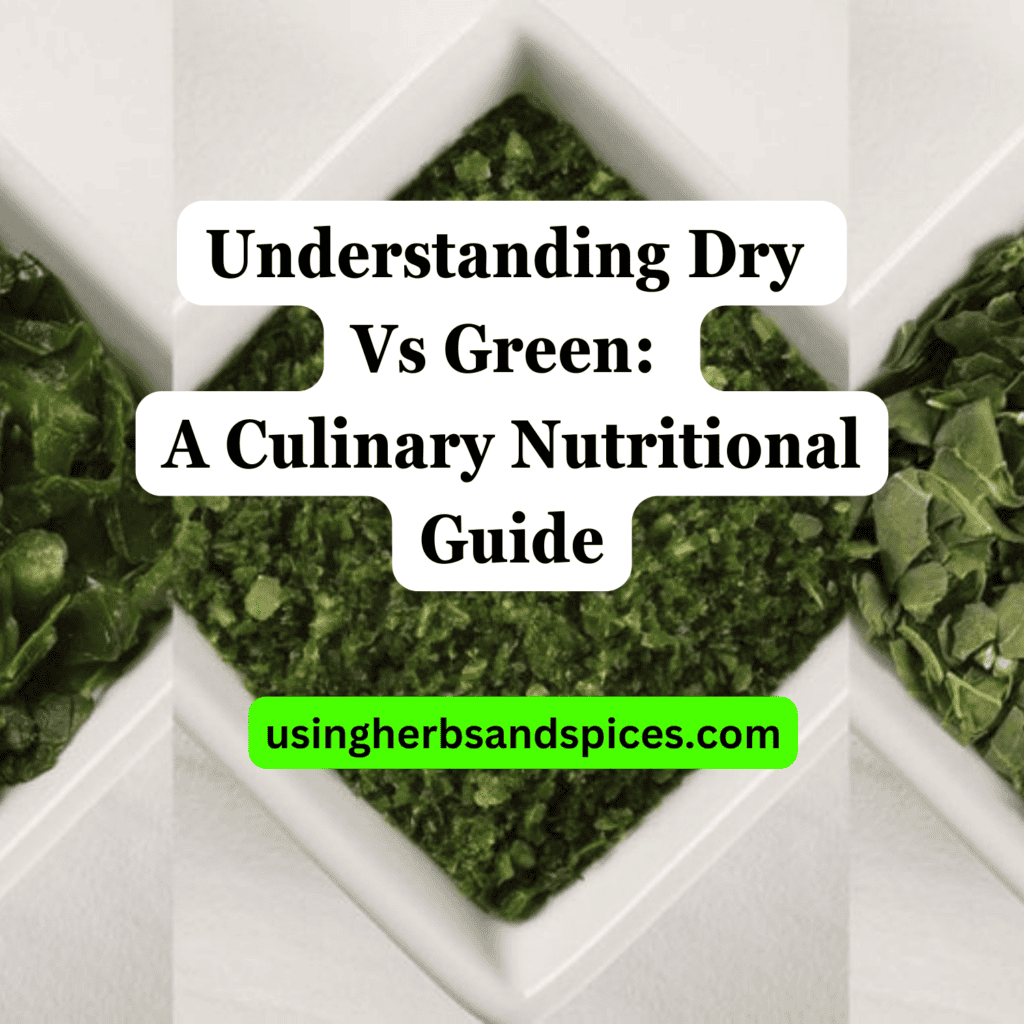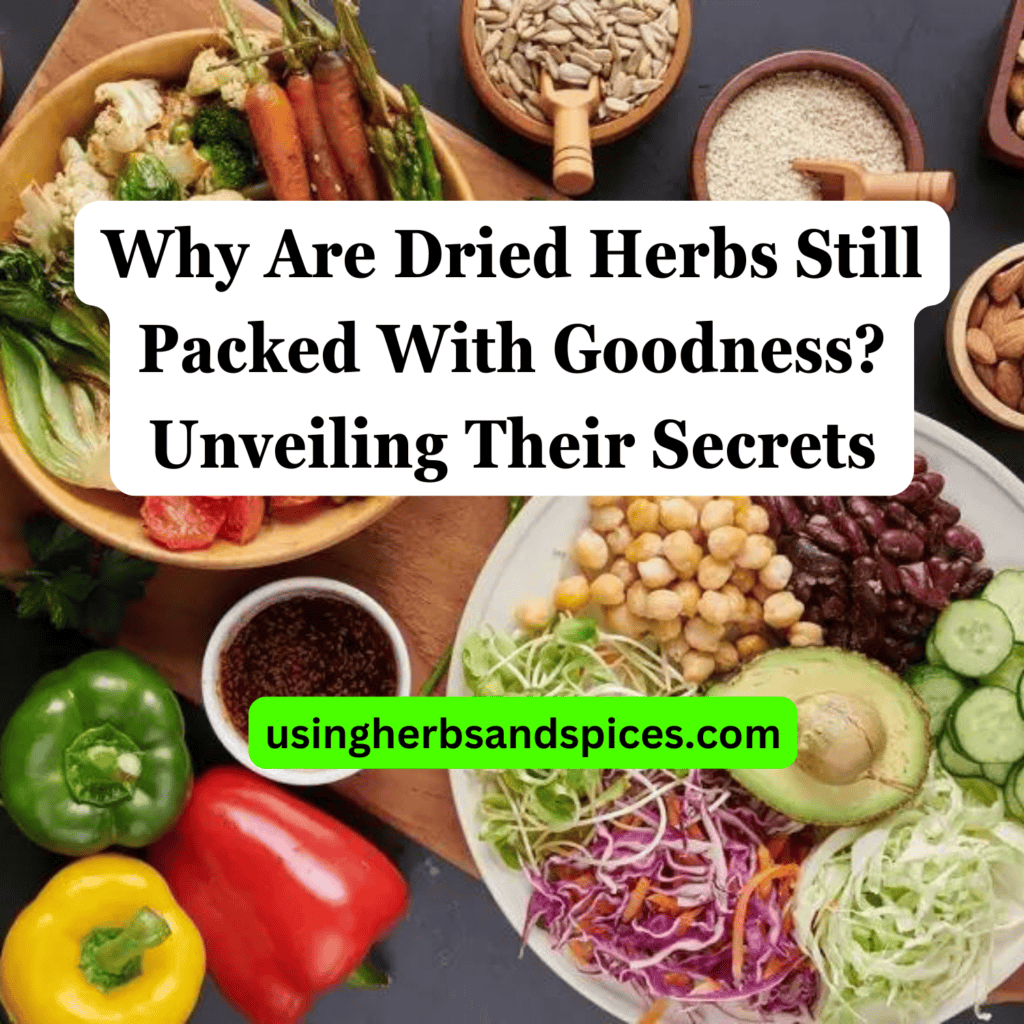SUMMARY: Dry herbs offer a concentrated flavor and a longer shelf life, making them ideal for specific dishes. Fresh herbs, however, bring vibrancy and aroma that can elevate a meal, with some herbs being more potent in one form over the other.
Ever find yourself puzzled over when to use fresh herbs and when dry ones are better?

This article demystifies the choice, offering clarity and confidence in your culinary decisions.
- Understanding Dry Herbs
- Fresh Herbs and Their Vibrancy
- Which Herbs Are Stronger Dry or Fresh
- Best Practices in Using Dry and Fresh Herbs
Continue reading to unlock the secret to enriching your dishes with the optimal use of herbs.
Understanding Dry Herbs
Dry herbs, concentrated in flavor due to the removal of water, offer a unique potency essential for deep, rich, and complex profiles in various dishes. The process of drying not only extends their shelf life but also intensifies their essential oils, making them a staple in kitchens around the world. Typically, dry herbs are best used in slow-cooked dishes where they have time to rehydrate and infuse the meal with their robust flavors.
Which Herbs Are Stronger Dry or Fresh
When determining the potency of herbs in their dry versus fresh forms, it’s essential to consider the nature of each herb. Generally, dry herbs possess a more concentrated flavor due to the dehydration process, which reduces the water content and leaves the essential oils and flavor compounds more potent. On the other hand, fresh herbs offer a burst of vibrant flavor and aroma that can elevate a dish with a different dimension.
For instance, oregano, thyme, and rosemary are herbs that are often considered stronger when dry. This is due to their high concentration of essential oils which become more pronounced as the herb dries. Sage and bay leaves also fall into this category, with their potent flavors intensifying in their dried form.
Conversely, herbs like basil, cilantro, and parsley are typically more flavorful when used fresh. These herbs contain volatile oils that are sensitive to drying processes, leading to a significant loss of their bright, fresh flavor when dried. Their delicate nature requires them to be added towards the end of the cooking process or used as a garnish to preserve their essence.
Understanding the nature of each herb, whether dry or fresh, is crucial in maximizing the flavor profile of your dish. While dried herbs offer convenience and a concentrated flavor that can withstand longer cooking times, fresh herbs bring a luminous freshness that is best showcased in lighter dishes or as a finishing touch.
Which Herbs Are Stronger Dry or Fresh
Determined by their volatile oils and flavor profiles, some herbs dramatically shift in potency when dried. For instance, oregano, thyme, and rosemary are significantly stronger when dried. Their concentrated oils intensify, rendering them ideal for dishes that cook longer or require bolder flavors. On the other hand, basil, cilantro, and parsley retain a vibrant, fresh taste that’s hard to preserve once dried. These herbs are best added fresh to dishes, as their delicate flavors are foundational to their identity, often adding a burst of freshness that elevates the dish without overpowering it.
This variability in flavor strength is due to the drying process, which removes water from the herbs, concentrating their flavors and sometimes altering their chemical composition. Consequently, dried herbs can offer an entirely different taste and intensity compared to their fresh counterparts. Understanding this transformation is crucial for accurately seasoning and balancing dishes to achieve the desired culinary effect.
Best Practices in Using Dry and Fresh Herbs
Choosing whether to use dry or fresh herbs comes down to understanding the flavor profile of your dish and how the herbs’ characteristics will enhance it. A general guideline is that dried herbs are best incorporated during the cooking process, allowing their concentrated flavors to meld and infuse the dish. Fresh herbs, with their delicate aromatics, are often most effective when added towards the end of cooking or as a garnish to preserve their vibrant taste and color.
When substituting one for the other, a common ratio is 1 tablespoon of fresh herbs to 1 teaspoon of dried, given the latter’s increased potency. However, this can vary based on the herb and its role in the recipe. It’s also advised to crush dried herbs between your fingers before adding them to your dish to release their flavors. With fresh herbs, consider whether the whole leaf or a chop will best complement the dish’s texture and appearance.
Ultimately, the choice between dry and fresh herbs can markedly affect your culinary creation’s outcome. Experimentation and taste testing are key to understanding how each herb behaves and impacts your cooking. Remember, the goal is to enhance and elevate the flavors of your main ingredients, not to overwhelm them.
Dry vs. Fresh for Perfect Dishes
In wrapping up our exploration of dry versus fresh herbs, it’s clear that understanding their unique characteristics and applications is key to mastering culinary flavor profiles.
- Dry herbs, with their concentrated flavors and longer shelf life, are best used in dishes that cook for longer periods.
- Fresh herbs offer a vibrant and aromatic touch, ideal for adding at the end of cooking or in fresh preparations.
- Some herbs increase in potency when dried, while others maintain their strength better when used fresh.
- Choosing between dry and fresh herbs depends on the specific dish, cooking method, and desired flavor intensity.
- Knowledge of substitution ratios and optimal addition times is crucial for maximizing the culinary potential of herbs.
Unlocking Flavor: Dry Vs Fresh Herbs FAQs
Can you substitute dry herbs for fresh? What’s the ratio?
Yes, you can substitute dry herbs for fresh, but the potency and volume differ significantly. Typically, the ratio is 1 part dry herbs to 3 parts fresh. This is because dry herbs have a more concentrated flavor, so you’ll need less to achieve the same taste profile as fresh herbs.
How should dry and fresh herbs be stored for maximum freshness?
Dry herbs should be stored in a tightly sealed container in a cool, dark place to preserve their flavor and extend their shelf life. Fresh herbs, on the other hand, can be stored in the refrigerator; some, like basil, prefer being kept at room temperature. Regardless of the type, ensuring they are dry and have ample air circulation will prevent mold and prolong freshness.
Why do some herbs taste better dry than fresh?
Some herbs taste better dry than fresh because the drying process concentrates their flavors, making them more potent. Herbs like oregano, thyme, and rosemary have oils that become more pronounced when dried, thus enhancing their taste and aroma in cooked dishes.
Are there any herbs that are only available in one form?
While most herbs are available in both dry and fresh forms, certain traditional or regional herbs may be more commonly found in one form due to availability, preservation techniques, or culinary customs. However, with global trade, it’s becoming increasingly rare to find herbs that are only available in either dry or fresh form exclusively.









